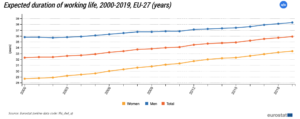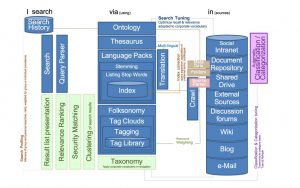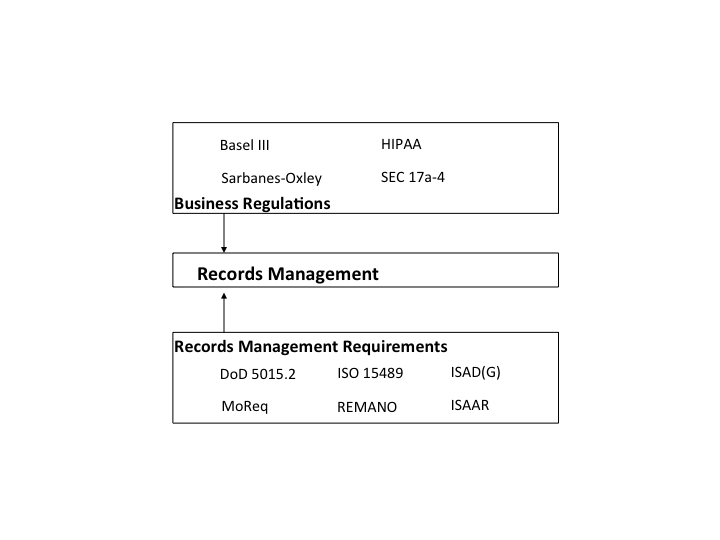A recent article in MIT’s SLOAN review indicates that three quarters of respondents to their 2020 global survey of 5,118 managers now view their workforces in terms of both employees and non-employees (https://sloanreview.mit.edu/article/the-future-of-work-is-through-workforce-ecosystems/?og=featured). The workforce eco-system has become more complex than the long term employee who builds on a linear career in line with company expectations.
For example, some organisations offer development opportunities not only to their own employees but also to those in their greater ecosystem community.
Freelancing is not for outliers anymore. Some countries, like the Netherlands, have a specific legal framework defined for them (ZZP – Zelfstandig Zonder Personeel). This has an impact on organisations, the way they work, engage and value knowledge acquired or generated over time when working and interacting. Fending off the opportunities made available by these itinerant workers is not an option.
More and more professionals go freelance: https://hbr.org/2019/07/why-consultants-quit-their-jobs-to-go-independent
According to Eurostat, that is collecting data from the European member states, people who were self-employed in 2018 amounted up to 14% on average. Professionals make up nearly a quarter of the self-employed in Europe. According to Statista.com a large 55% of freelancers in Europe work in IT and marketing and communication. IT makes up for a quarter of the freelancers in Europe ( https://www.statista.com/statistics/946967/freelancers-in-europe-by-sector/ ). For the period between 2000 and 2011 their number nearly doubled according to the https://freelancersmovement.org/ .
Although there is no clear definition of what a freelancer is, Stephanie Rapelli defines freelancers as ‘self-employed workers, without employees, who are engaged in an activity which does not belong to the farming, craft or retail sectors. They engage in activities of an intellectual nature and/or which come under service sectors’.
In an outlook on what next freelancers look, Forbes predicts the diversification of the freelance population and integration in a mixed corporate knowledge network: https://www.forbes.com/sites/jonyounger/2019/05/04/what-the-next-generation-of-freelancers-will-look-like/#39b7994353ad. They will cover more domains, choose to freelance earlier in their career than current freelancers.
The need to realise more complex projects or business goals for which organisation will contract them, it introduces links and relations that are rather based on coopetition rather than that they are pure competitors. When posting for a job, freelancers are each others competition. Once the contract obtained and the job started they are imbedded in teams with other freelancers or company employees. They may have similar, overlapping or complementary knowledge and expertise. They become colleagues.
These continuously shifting relations demands flexibility but also opens options for networking and sharing. Freelance networks with like minded professionals even competing for the same assignments are not contradictory as their offering is not scalable (one can only take one mission at the same time, an hour can only be sold once). Once on a mission referring a new request to a co-freelancer in the network will help all parties involved in the staffing process.
See also Stowe Boyd in his keynote speech for the Social Now Europe 2015 when he talks about Deep Culture where more stress is put on loser connections with a need for more creativity – combined with agile (self steering teams).
As also recalled by Amy Edmondson and Jean-François Harvey in their book Extreme Teaming, the cross-pollination that happens at the interstices of knowledge domains, experience sets and frames of reference are most inspiring and a source of radical innovation. Newly formed, temporary teams assembled from members form various backgrounds often set the stage for knowledge recombination and innovation. Social network theory suggests that highly diverse teams can obtain valuable knowledge from interpersonal relations outside the team.
This mixing of people from different back-ground and experience will stress the need to pay attention to the interactive skills and openness to share ideas in a continuous search for adding value, growing a process or service provided, in a context of continuous innovation.
According to https://www.websiteplanet.com/blog/freelance-stats/ about 60% are looking for a stronger community and more chances to collaborate.
Is this shifting knowledge ownership to professions or corporations? In reality this is already the case as a knowledge corpus is often owned by a group of professionals, acquired through education and reinforced through experience. It is based on common understanding, experience and general information and communication shared and studied. Product communities and certainly Open Source Software initiatives can be considered as communities sharing a common interest and related knowledge and know-how. The latter have also a common goal and purpose. Product communities however are vendor led and facilitate the sharing of product and specific technical knowledge, leading to different sub-communities with their own specific interests in mind. Broader communities addressing more or less specific roles exist as well. They may limit themselves as content sharing platforms requiring subscription as www.techrepublic.com/ , addressing a technical public or more interactive virtual groupings like www.mindtools.com or www.12manage.com . These highly curated platforms thrive, more peer oriented networks are harder to find and when they exist they have a hard time persisting.
Still, the majority of companies consider freelancers as temporary workers and are not considered as a member of core staff. Once the contract is terminated the freelancer is revoked access to the systems of the company they were working for. They are not part of the internal social network with whom they shared information and knowledge during the period in which the contract was active. From a legal and competition point of view this is completely understandable. There is a risk that by accessing internal information they can divulge this knowledge with the client they are currently working on. On the other hand isn’t the reason why you engage freelancers to introduce experience, insight and knowledge so it can cross pollinate and enrich the already existing company insights.
All newcomers, be it employee or freelancer, come with sector or technical experience during other assignments with your competitors. Also, mobility of employees has increased. Both trends lead to a more volatile strategic advantage for companies. Unless you want to limit their input to execute what is told, you would better open up. Encouraging knowledge sharing platforms covering both technical topics in the style of mindtools or 12manage and why not generic sector oriented communities can certainly speed up evolution and innovation in a guild like manner like https://www.businessarchitectureguild.org/ focusing on informed, creative and connected membership. The common frame of reference is also to be considered as a a point of reference for quality.
As an organisation or company you can profit from setting up alumni communities. It offers opportunities to have regular contacts with them, curate the information shared, tap ideas. More permeating borders allow current employees and freelancers to interact on this platform increasing the interaction and flow of ideas. Of course some of these will pass over to other alumni communities of competing organisations, however this goes both sides. At moments you will be on the sending side at others you will be on the receiving side.
Working with knowledge from freelancers is used in an opportunistic task oriented manner. A lot of knowledge is available for those who want, dare and can access it. It may not be without risks or bring undivided advantages, but it will guarantee a fresh influx of ideas and experience.


